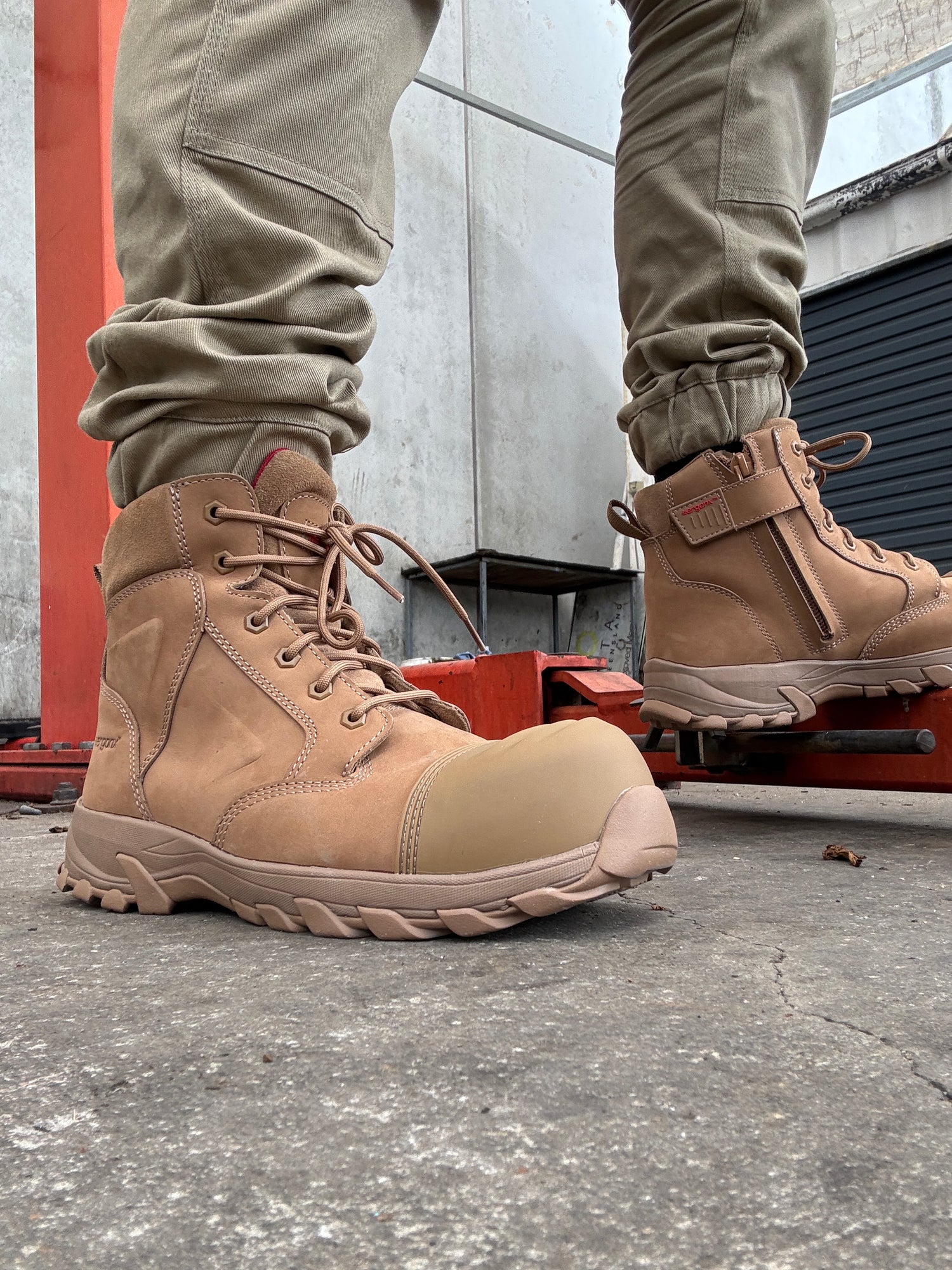Orthotics for Plantar Fasciitis – What Should They Do?
HOME / ORTHOTIC INSOLES / ORTHOTIC INSOLES FOR PLANTAR FASCIITIS
Table of Content:
What are orthotics inserts?
Orthotics are inserts prescribed by healthcare professionals, such as a podiatrist, used to treat foot deformities and misalignments that may be causing foot pain and/or discomfort in areas of the lower body. They can be employed to treat many foot problems, including:
- Plantar fasciitis
- Flat feet (over-pronation) and other foot deformities
- Tight calf muscles
- Hip, back, and/or knee pain

What are the plantar fascia and plantar fasciitis?
The plantar fascia is the ligament that links the heel bone to the toes and plantar fasciitis is inflammation of the plantar fascia. It is one of the most common causes of heel pain and stress. Chronic plantar fasciitis can have a marked negative impact on one’s enjoyment of daily life.

The plantar fascia can be divided into three general parts – medial, central, and lateral portions. Structurally, it is mostly composed of collagen, a protein found in skin, cartilage, and other connective tissues.

Common causes of plantar fasciitis
- Overuse of plantar fascia can lead to stress and excess strain of the tissue (e.g. extended periods of walking and standing)
- Abnormal walking patterns or imbalances between the legs
- Weight gain
- Worn out shoes or shoes that do not fit well (e.g. improper shoe size)
- Foot deformities (e.g. flat feet

Treating plantar fasciitis and finding pain relief
In the clinic, after your podiatrist conducts a thorough examination of your medical history, symptoms, physical condition, and foot mechanics, they will determine what the best mode of treatment will be. Some treatment options for plantar fasciitis include:
- Orthotic insoles (custom foot orthotics or pre-made off-the-shelf orthotics)
- Physical therapy that involves strengthening and stretching exercises
- Anti-inflammatory medications
- Fitting patients with proper footwear
- Surgery (usually done only in extreme plantar fasciitis cases)
Many patients will see improvements and reductions in pain within a couple of months. To cure plantar fasciitis, rest is extremely important to help the foot and its tissue heal faster.

Plantar fasciitis orthotics – how do I choose the right one?
There are several aspects to consider when choosing an appropriate orthotic treatment for plantar fasciitis. Here are some of the key factors to look for.
- Select orthotic inserts that provide an adequate amount of arch support
- Soft materials that provide heel cushioning
- Custom foot orthotics offer a more tailored fit
Ultimately, the best way to find orthotics that work for you is to collaborate with your podiatrist. They specialize in foot mechanics and tackling foot/ankle issues. Together, you can find the solution that will get you up and active again.


